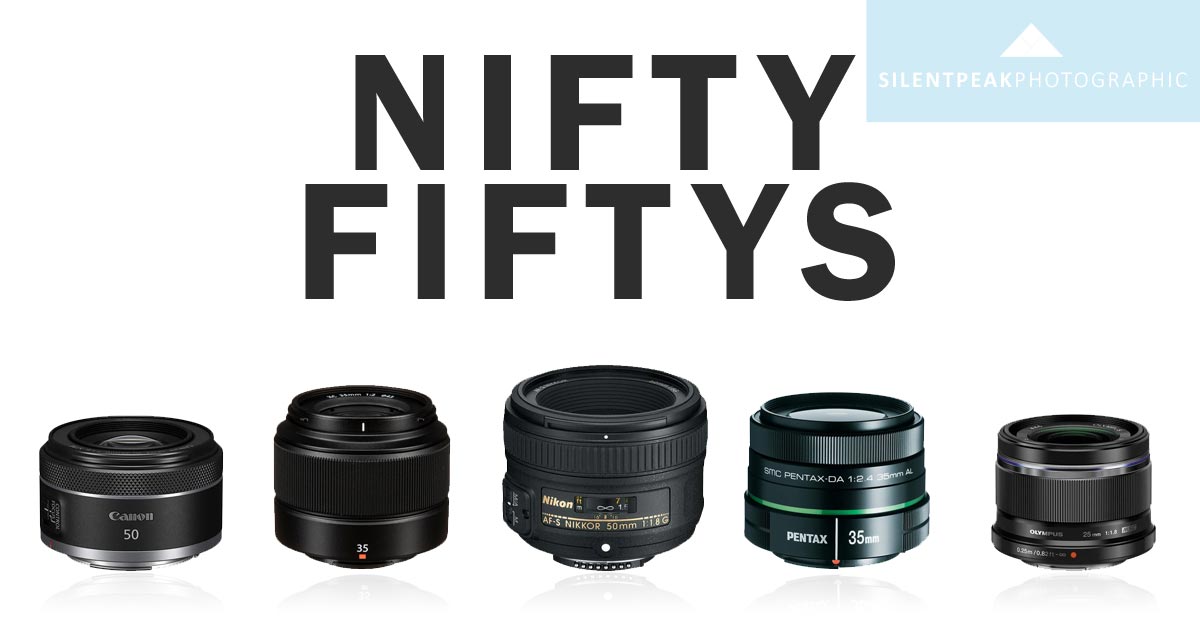


We may not know that the lens that produced them was a nifty fifty, but we are all used to photographs that have the perspective and geometry of this lens. A Nifty Fifty is a 50mm fast lens with a wide aperture of f/1.8. That story was repeated millons of times, right round the world.īarnack’s choice of the 50mm and the availability and (comparative) cheapness of 50mm lenses from there on was instrumental in creating the “look” that we associate with classic photographs of the 35mm era. The Nifty-Fifty: 50mm on Crop Sensor There’s a reason it’s called the Nifty-Fifty, and it’s because it’s an overall excellent lens to use for a lot of situations. When I bought my first SLR, it was the Leica-influenced Pentax ME Super. It will conveniently cover everything from tight indoor portraits to medium telephoto shots. This lens offers an equivalent focal length in 35mm terms of 24-127.5mm. The mother of all prime lenses, the first of any photographers arsenal the NIFTY FIFTY But why do we all tend to set it aside after years of learning with. My first interchangeable lens camera was a Russian Leica copy – a Zorki 4K – and it came with a 50mm. It is ideally suited for use with compact Nikon digital SLR cameras with the smaller DX size chip. Other manufacturers started making cameras to the same 35mm film standard as the Leica, and they sold 50mm lenses as “the standard lens”. The ‘nifty’ feature is the price These f/1.8 and f/1.4 50mm lenses often have a relatively simple. These small 50mm lenses are exceptional for portraits due to their ability to create beautiful blurry backgrounds, and they are also great for gathering fading light so that you can keep on shooting as the light dims. Lenses in this range are fast, lightweight and extremely versatile for street and portrait photography. Your new 50mm wide-aperture lens, when used correctly, can create magical images for you. There are several reasons for its popularity. The term ‘nifty fifty’ is a photography colloquialism for a cheap 50mm prime lens, usually with a maximum aperture of f/1.8 or faster. The idea and Leica cameras caught on – both with more “artistic” photographers like Cartier-Bresson, and with the press. Now, the nifty fifty is one of the most popular lenses and its being used by both amateurs and professionals. When Ernst Leitz and Oskar Barnack turned 35mm cinema film round and put it in a tiny body to create the first Leica prototype, the lens they put on the front was a 50mm.


 0 kommentar(er)
0 kommentar(er)
